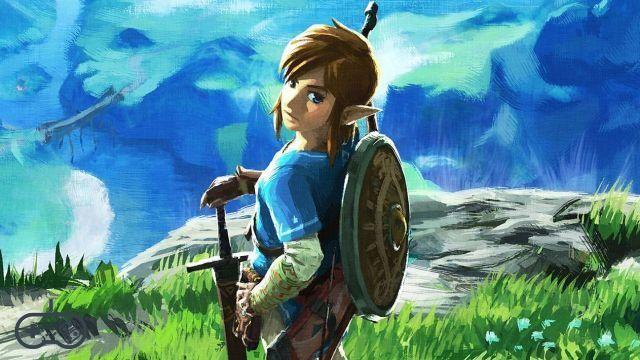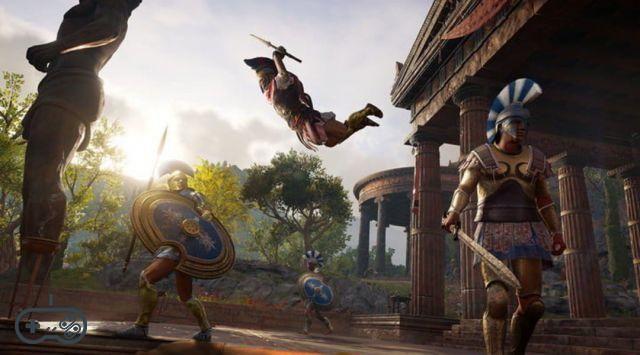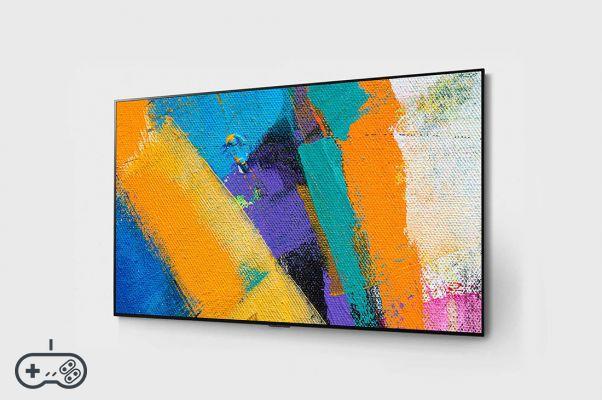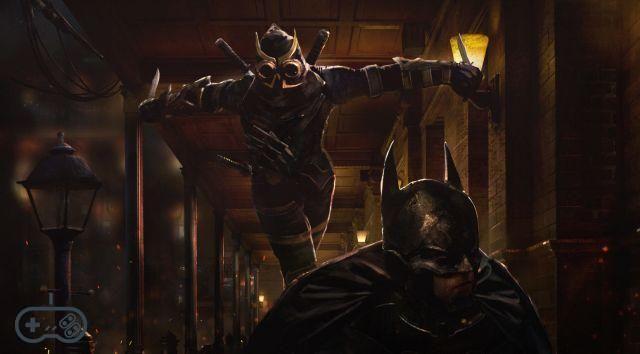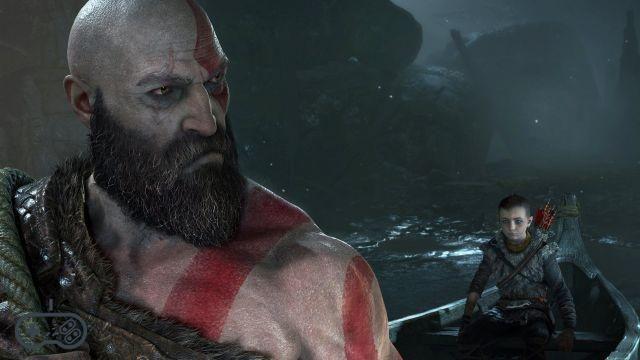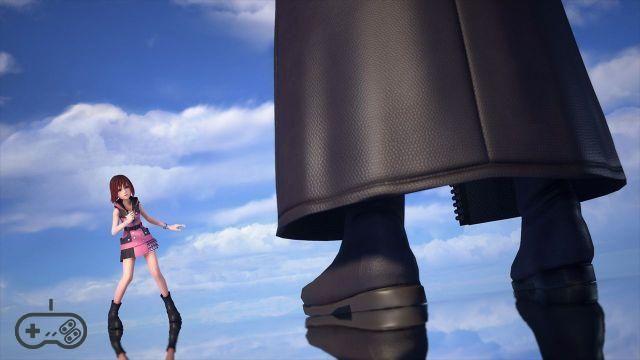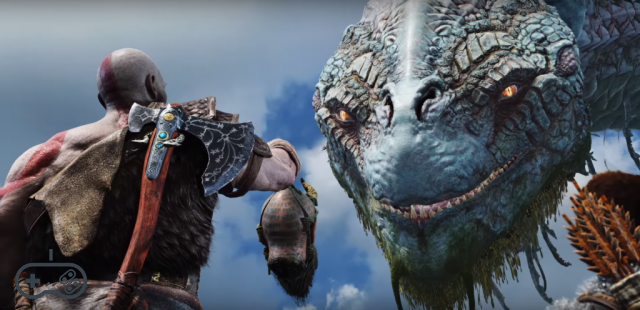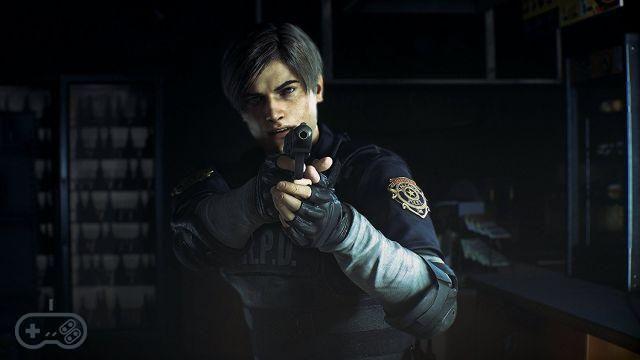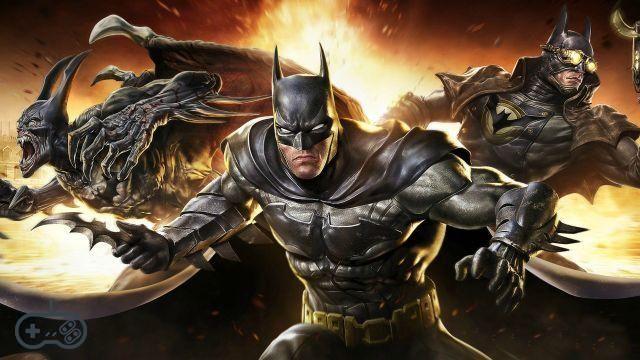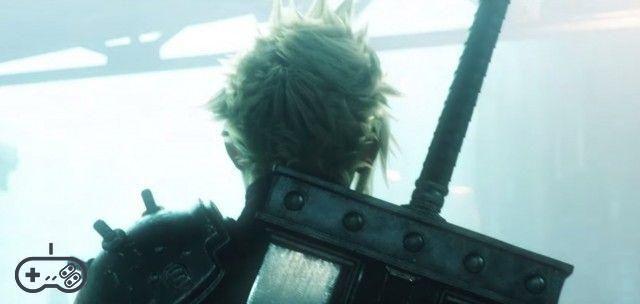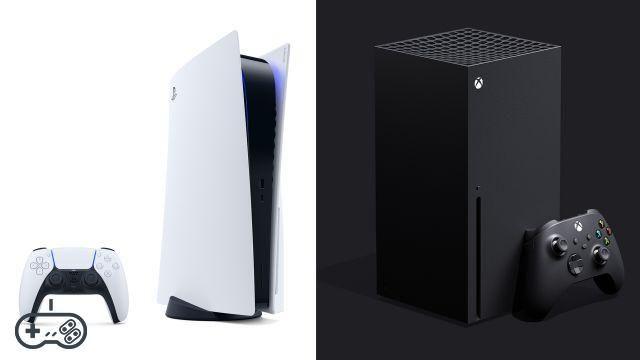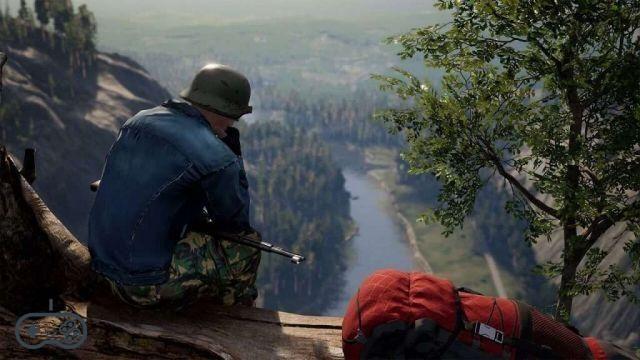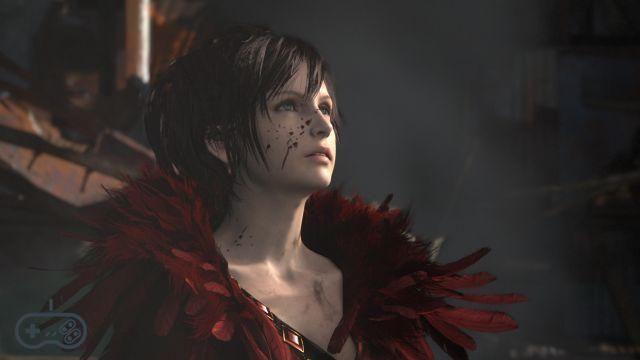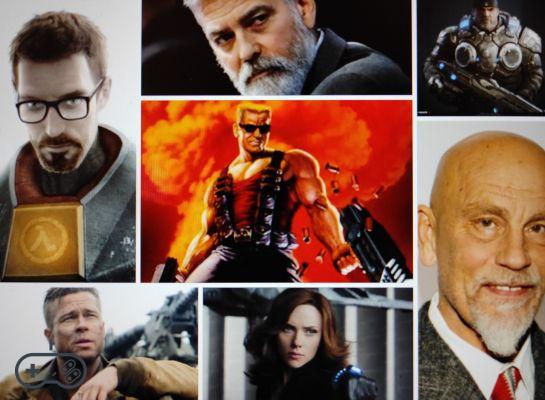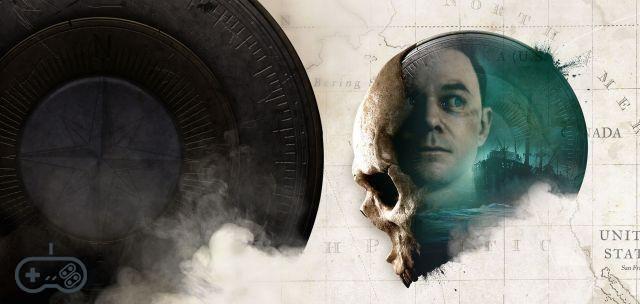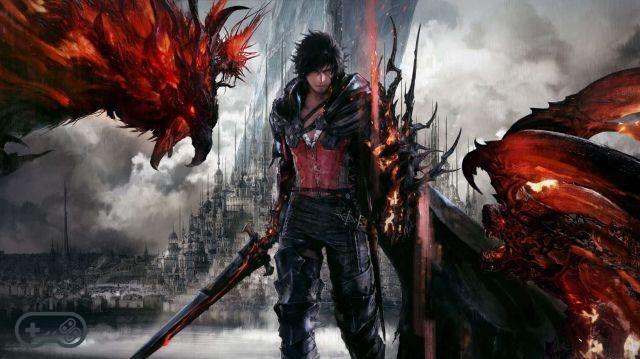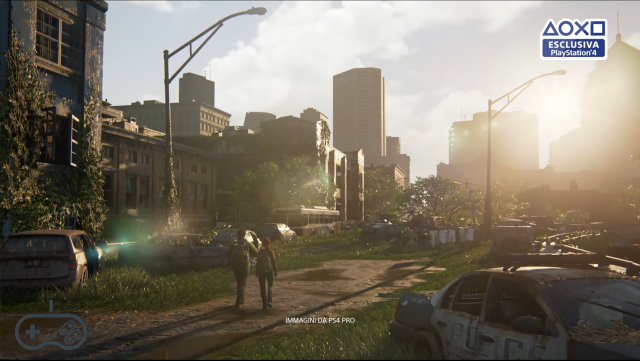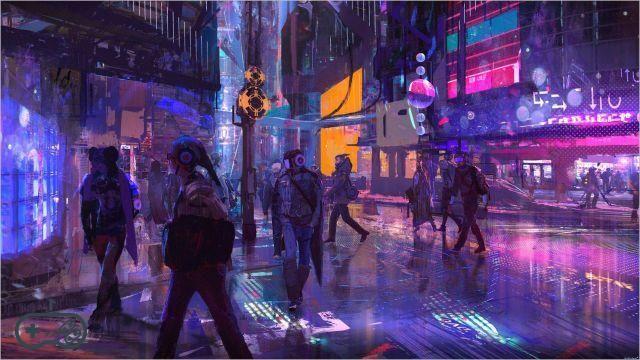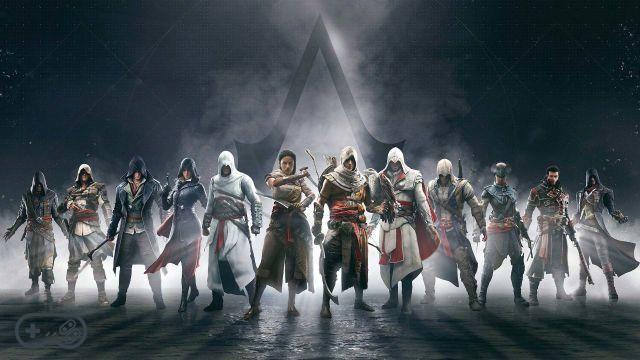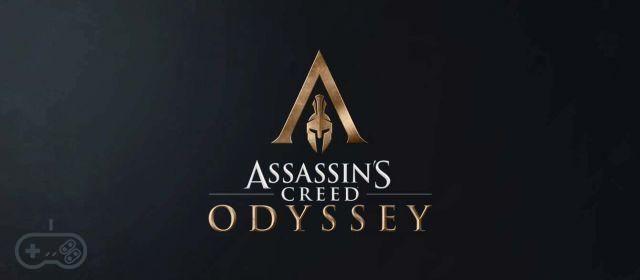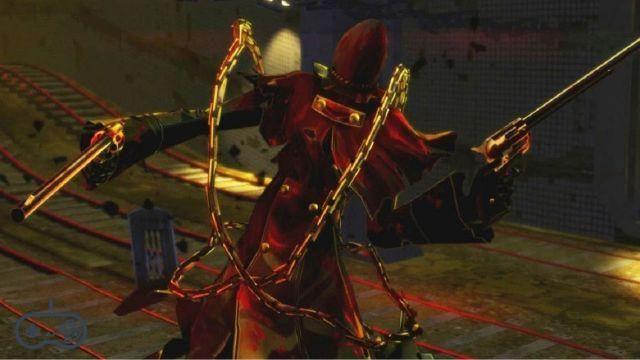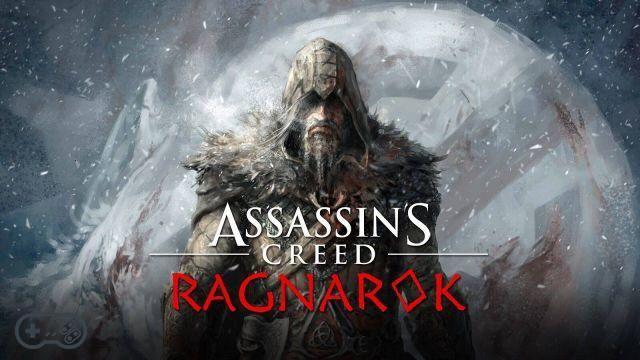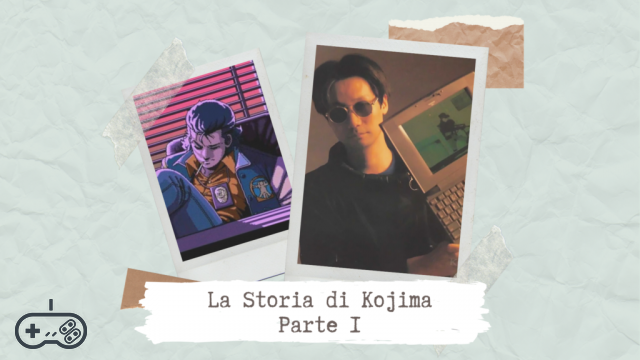
Before Metal Gear Solid, before Death Stranding, there was a young boy born in Setagaya, a residential district of Tokyo. Always avid devourer of cinema, Hideo Kojima he had spent part of his childhood in Osaka, shortly before moving out of the city. The death of his father, at the age of only 13, immediately put him in front of the hostility of life: the economic precariousness, combined with the low consideration of the art of his relatives and acquaintances, immediately put the young Kojima in front of a crossroads: to curb his creative nature in the bud (the story in fact tells that there are a large number of original stories written by his own hand and sent to various magazines, without ever having a practical feedback), or immediately take a career path that would have led him who knows where, who knows why. However, Hideo's dream was one and only one: become a director. In those years, the means of communication were really scarce and to be able to establish itself in a market not recognized as that of video games it was necessary to come up with something able to amaze everyone and everything.
At that time - we are talking about the early 80s - the Famicom, also known as the 8-bit NES, began to make its way onto the shelves of Japanese stores. The idea of somehow emulating his "guru" Shigeru Miyamoto, went hand in hand with one title in particular - Yuji Horii's The Portopia Serial Murder Case - an interactive thriller that particularly impressed Hideo. Perhaps, it is thanks to that game that the young Kojima understood that the only way to fully express his vision of the videogame medium was to tell good stories (interactive). Entering the world of video game development wasn't just a passion, it had become a calling. Needless to say, everyone, from friends to closest relatives, tried to make Hideo desist from this decision in their own view taken on instinct, without a minimum of calculation or self-love. Kojima didn't care: that industry was too attractive for someone like him. He had to try, or the remorse would consume him for the rest of his life.
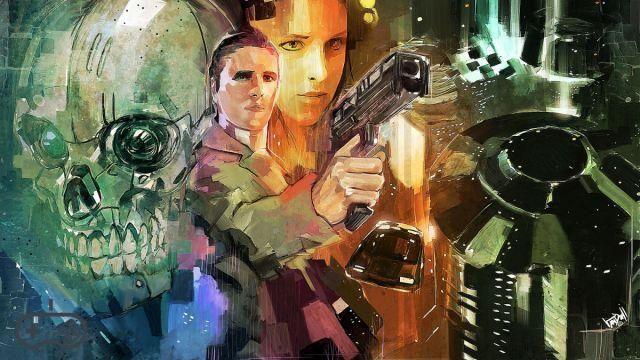
The crucial year for Hideo was 1986: Kojima was in fact hired in Konami's division who developed software for the then well-known MSX home computer. There, the now well-known game designer gave birth to his first, little gem: Penguin Adventure. It was, on balance, a platform-action with a particularly captivating gameplay for the time (we are talking about a mix between RPG elements and platform games, complete with multiple endings). It got worse with his second project, Lost Waarld, an RPG that was literally trashed by its bosses. Luck would have it that Konami proposed to Hideo the realization of a military-style adventure. The Japanese development house knew very well that such a project was particularly risky if carried out on MSX - due to the poor capabilities of the hardware - enough to give Kojima this "hot potato". Despite the obvious difficulties, Hideo decided to roll up his sleeves, creating something that went against the current standards. Instead of giving birth to a simple scrolling shooter (so popular in those years), Kojima decided to tell the story of the soldier Solid Snake, sent to the state of Outer Heaven to stop a weapon of mass destruction called Metal Gear. The film "The Great Escape" was one of the key inspirations for Hideo, so much so that the final result was what today can be defined in no uncertain terms as the first stealth game in history.
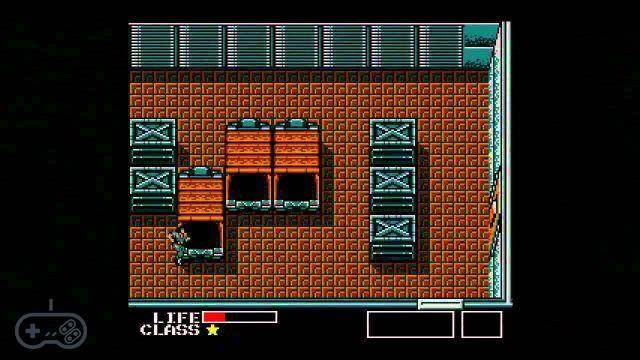
The commercial impact was truly surprising: Metal Gear debuted in fourth place among the best-selling MSX games in Japan, so much so that even the magazines of the time rewarded the courage and originality of this game so different from the rest of the war-themed shooters. A port for the NES did not take too long to wait, although the absence of Kojima's supervision led to an inevitable bastardization of the original work. In any case, sales proved to be satisfactory, with as many as one million copies placed on North American soil. Konami realized he had a goose that lays golden eggs in his hands: the company immediately ordered the development of a sequel called Snake's Revenge, although it was decided that Hideo Kojima was to stay out of the project. The reason is soon said: the author should have worked full time on a cyberpunk-style title, a mix between Blade Runner and Terminator: Snatcher. It was a visual novel that told the story of a detective deprived of memory and intent on investigating a series of mysterious murders committed by a cyborg. The game was released for MSX2 and NEC PC, as well as a later version for SEGA CD. Snatcher is now considered a small cult, although at the time the sales were considered somewhat unsatisfactory.
The fate of Hideo, however, was closely linked to the old Metal Gear: a programmer who was working on the follow-up to the game decided to ask Kojima for "help", so much so that ours decided to return to Konami bringing "his" vision of the game. future of the saga. Metal Gear 2 was therefore about to become reality, a game that allowed Hideo to begin to make itself known in the eyes of the whole world, outside the Japanese borders. The game turned out to be a small, big pearl of design: the mechanics of the first episode were expanded dramatically, as well as a whole series of small goodies that will then be resumed in modern chapters (the first conversations to the codec, then called "transceiver "). Even the artificial intelligence of the AI enemies, now able to patrol entire areas of the game and to notice the sounds emitted by the protagonist, was something never seen before. Metal Gear 2: Solid Snake was released on MSX2 in 1990, achieving unprecedented success, although in the west the game only arrived in 2006 (as an extra bonus of the Persistence disc of Metal Gear Solid 3: Subsistence), thus hitting only the category of hardcore retrogamers or hardcore fans of the saga .
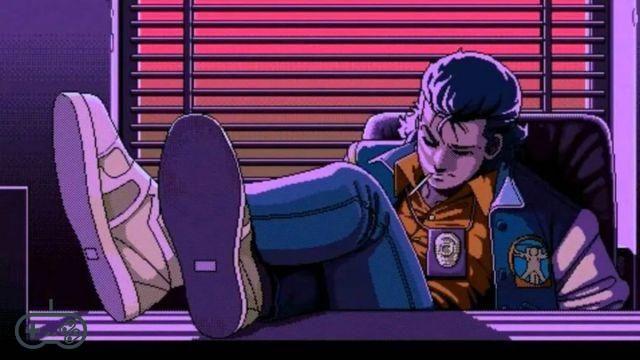
In 1994, Kojima approached the desk again to create two equally distinctive titles: the first is Policenauts, a graphic adventure already in Hideo's mind from the time of Snatcher. Again we are dealing with a sci-fi detective story, released for PC-9821 in 1994. A remake was then released for 3DO in 1995, and another for PlayStation and Sega Saturn in 1996. The adventure The graphics in question have unfortunately never crossed Japanese borders, despite several attempts at amateur translations by Western fans. If, on the other hand, you are wondering what is the "second project" that Kojima had in mind, the answer is simple: a three-dimensional transposition of the Metal Gear series. We are still a long way from the legendary chapter that appeared on the first PlayStation, since the game was supposed to debut for 3DO Interactive Multiplayer. The times, therefore, were not yet ripe. Polygons and 3D were about to take over, but Konami had not yet realized that he had a game (and a game designer) in his hands that would change the world of video games forever. This, before the historic presentation of the new Metal Gear at the Tokyo Game Show 1996, just before landing in Los Angeles the same year, on the occasion of the equally unforgettable Electronic Entertainment Expo. But that's another story.




